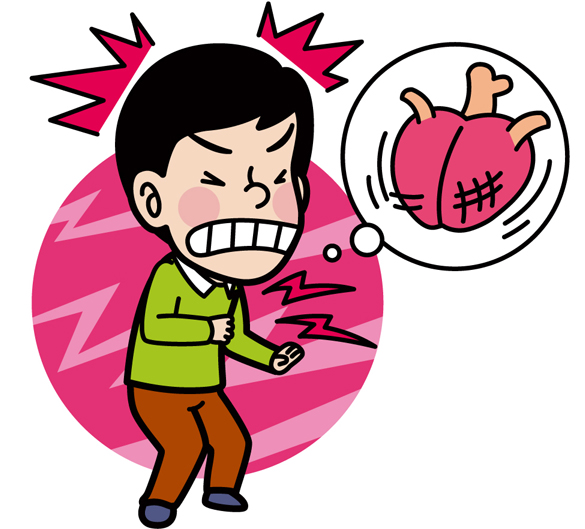The survival rate of acute cardiac arrest patients has risen three times, and the ratio of those who returned to normal life has increased seven times, from a decade ago.
The Korea Center for Disease Control and Prevention (KCDC) and National Fire Agency (NFA)소방청 released Tuesday the results of surveying the medical records of acute heart arrest patients transferred to hospitals by 119 rescue teams.

According to the survey results, the number of acute heart attack patients totaled about 30,000 last year, up more than 50 percent compared with 10 years ago, and the number had increased until 2015 until it fell slightly last year.
The number of heart attack patients was 19,480 in 2006, 25,909 in 2010, 30,771 in 2015, and 29,832 last year.
Male patients accounted for 64~65 percent every year, two times higher than female patients. People over 70 accounted for 50 percent of the total in the previous three years.
The occurrence rate in the most frequent area has also been more than two times higher than the least frequent areas for the past decade.
More than 70 percent of cardiac arrests were due to “diseases,” and more than 90 percent of them were attributable to cardiac insufficiencies, such as cardiac infarction, heart failure, and arrhythmia.
The place heart arrests occur most frequently was home (about 50-60 percent of the total) followed by roads and highway (8-10 percent), nursing homes (5-7 percent) and ambulances (4-6 percent).
The survival rate of acute heart attack patients was 7.6 percent last year, three times higher than in 2006 and 1.2 times greater than 2015. The recovery rate of brain functions was 4.2 percent last year, seven times higher than in 2006 and 1.2 times higher than in 2015.
There were positive changes such as the increases in the survival rate and the recovery rate of brain functions, but the gap in the survival rates of different regions (maximum values-minimum values) has been larger than 7 percentage points since 2010, and the regional gap in the recovery rate of brain functions has also widened every year.
The difference of the survival rate among regions nearly doubled from 4.2 percent to 7.6 percent over the past decade, and the gap between the recovery rate of brain functions increased 4.6 times, from 1.6 percent to 7.3 percent.
The area showing the highest survival rate last year was Sejong (11.9 percent), followed by Seoul (11.4 percent) and Ulsan (10.9 percent). The region with the lowest survival rate was North Gyeongsang Province (4.3 percent) followed by South Jeolla Province (4.7 percent), North Jeolla Province (5.1 percent), and North Chungcheong Province (5.3 percent) with the regional difference standing at 7.6 percentage points.
The regions with highest recovery rate of brain functions last year was also Sejong (9.3 percent), followed by Ulsan (6.2 percent) and Seoul (6 percent), while the lowest area was South Jeolla (2 percent), chased by Gwangwon Province (2.5 percent), North Gyeongsang Province (2.7 percent), and South Chungcheong Province (2.9 percent) with the regional widening to 7.3 percentage points.
“It is necessary to call 119 immediately when people find patients, and residents have to pay continuous attention to increase cardiopulmonary resuscitation (CPR) by ordinary citizens and make efforts to promote and advertise CPR,” said Jeong Eun-kyung정은경, head of KCDC and Cho Jong-mok조종묵, chief of NFA.

